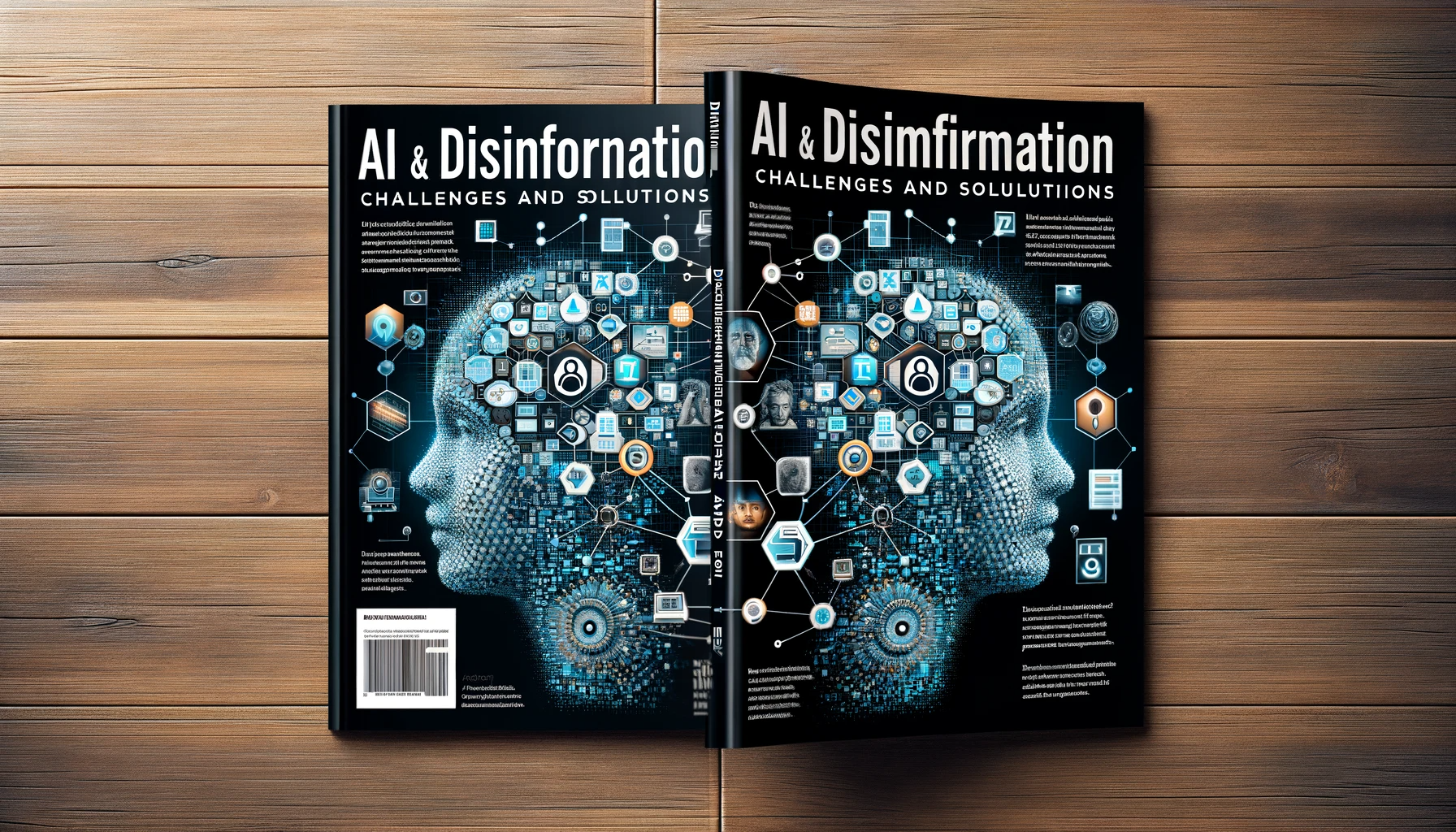In the digital information age, misinformation has become a growing and multifaceted challenge. With the advancement of Artificial Intelligence (AI) technologies, the ability to create and disseminate false or misleading information has increased exponentially. However, just as AI can be used to generate misinformation, it can also be a powerful tool to combat it. In this article, we will examine how AI can assist in identifying and combating misinformation in software development.
The Challenge of Disinformation
Misinformation, defined as intentionally false or misleading information designed to deceive, can have devastating consequences in various areas of society. In particular, it can undermine trust in institutions, polarize public opinions, and manipulate people's behaviors.
Software development is not immune to this challenge. Misinformation can spread through applications and digital platforms, whether in the form of fake news, forged product reviews, fake user profiles, among others. Therefore, it is crucial for software developers to be equipped with the right tools and strategies to detect and combat misinformation.
AI in the Fight Against Disinformation
AI can play a crucial role in the fight against misinformation. By using machine learning techniques, AI systems can be trained to identify patterns of misinformation and flag suspicious content.
For example, AI algorithms can be trained to detect deceptive language, inconsistencies in information, and patterns of suspicious behavior, such as the spread of large volumes of identical messages. They can also be used to verify the authenticity of images and videos, a technique increasingly used in the spread of misinformation.
Moreover, AI systems can be used to identify and label misinformation in real-time, helping users discern reliable information from unreliable sources.
The Role of Digital Platforms
Digital platforms have a crucial role in the fight against misinformation. For instance, the European Commission is intensifying its efforts to combat the negative effects of generative AI, with the intention of implementing legislation that will require digital platforms to identify AI-generated content to combat misinformation.
This initiative reflects the growing awareness that digital platforms have a responsibility in the fight against misinformation. These platforms can use AI to monitor and moderate content and provide users with the necessary information to assess the accuracy of the information they consume.
As AI continues to advance, so does its potential to be used both to generate and combat misinformation. In software development, AI has transformed the industry in various ways.
AI and Disinformation: Challenges and Solutions
The rise of Artificial Intelligence (AI) has been a boon for many industries, including software development. However, with great advancements come great challenges. One of the most pressing is the proliferation of misinformation. How can AI help identify and combat misinformation? This article will attempt to shed light on this issue.
Misinformation is a phenomenon that has gained prominence in recent years and has become a serious problem in society. The European Commission is stepping up efforts to combat the negative effects of generative AI, especially in the spread of misinformation, with the intention of having legislation in place by 2026.
AI in Software Development
AI has transformed software development in several ways. For example, through the automation of repetitive tasks, improvement of code efficiency, and assistance in error detection and resolution. However, the same technology that can make software more efficient and effective can also be used to spread misinformation.
This phenomenon has led to a significant increase in misinformation on an unprecedented scale. From fake news to deepfakes (AI-generated fake content), technology is being used to deceive and manipulate people. In software development, this can manifest in various ways, such as the spread of malware disguised as legitimate software or the creation of fake websites and applications to scam users.
Combating Misinformation with AI
Fortunately, the same technology that is enabling the spread of misinformation can also be used to combat it. AI techniques, such as machine learning and natural language processing, can be employed to detect and filter false content. Additionally, AI tools can help software developers identify and mitigate security risks, including misinformation.
There are several initiatives underway to use AI to combat misinformation. For example, IBM's Project Debater uses AI to detect arguments and facts in human speech, which could be used to identify false or misleading claims.
On the other hand, Facebook has developed an AI tool called the Deepfake Detection Challenge, which aims to detect and prevent the spread of deepfakes on its platform.
However, it is important to note that while AI can be a powerful tool in the fight against misinformation, it is not a complete solution. Misinformation is a complex and multifaceted problem that requires a combination of technological, legal, and educational approaches.
AI has the potential to be a powerful tool in the fight against misinformation in software development. However, it is also part of the problem. As we continue to advance in our AI capabilities, it is crucial that we also advance in our strategies to combat misinformation and ensure that technology is used ethically and responsibly.





